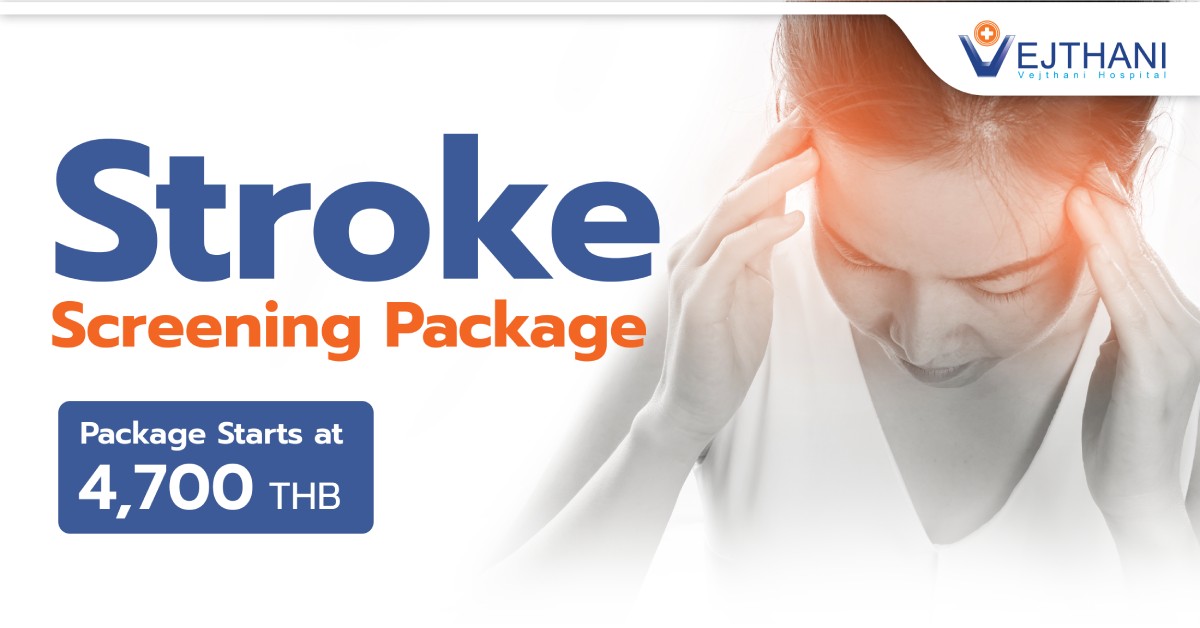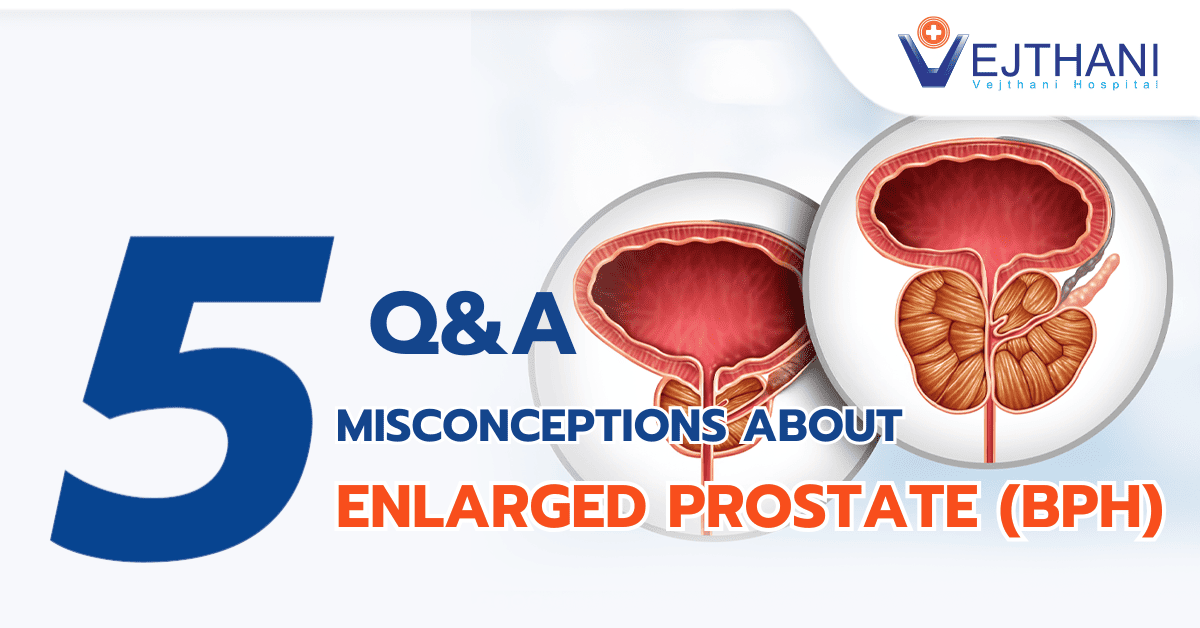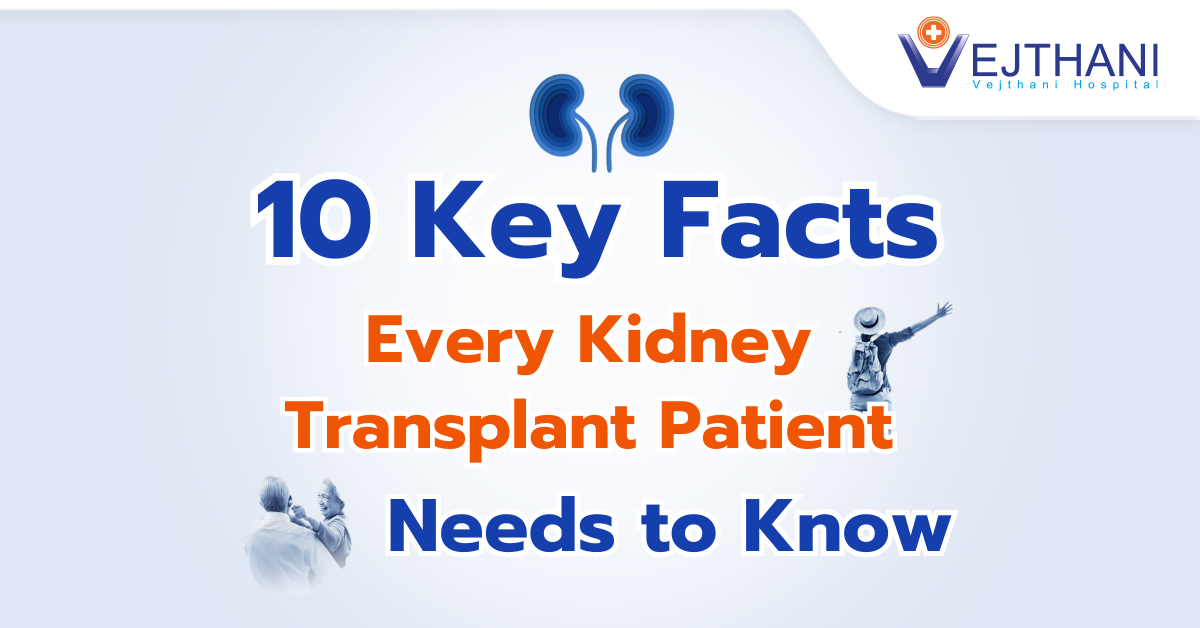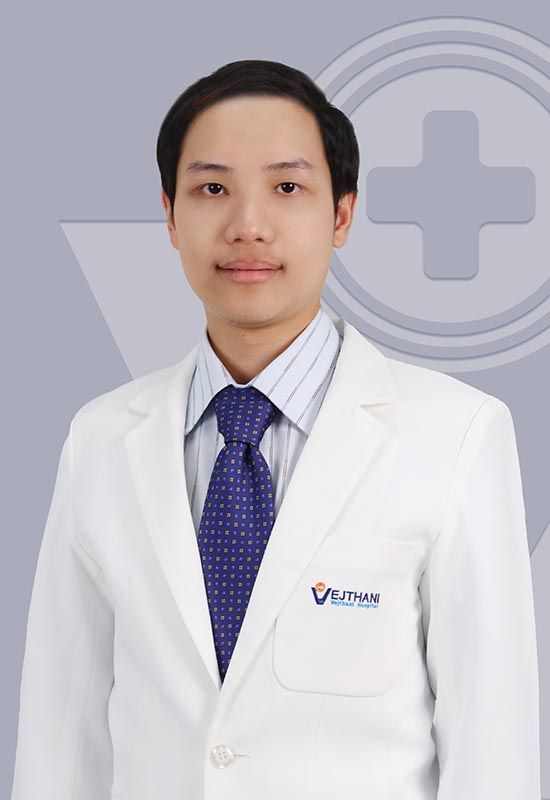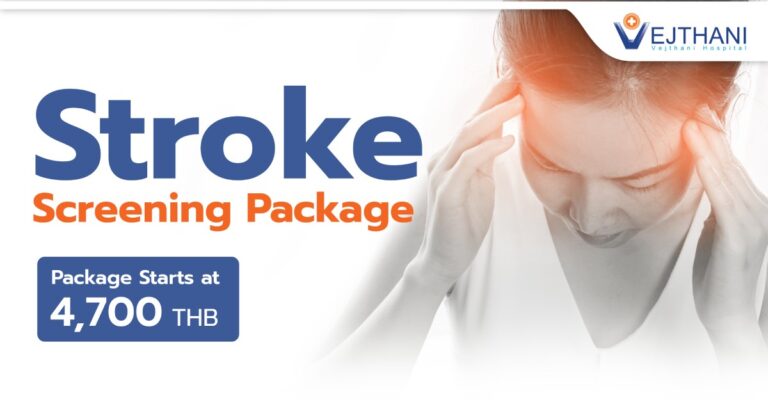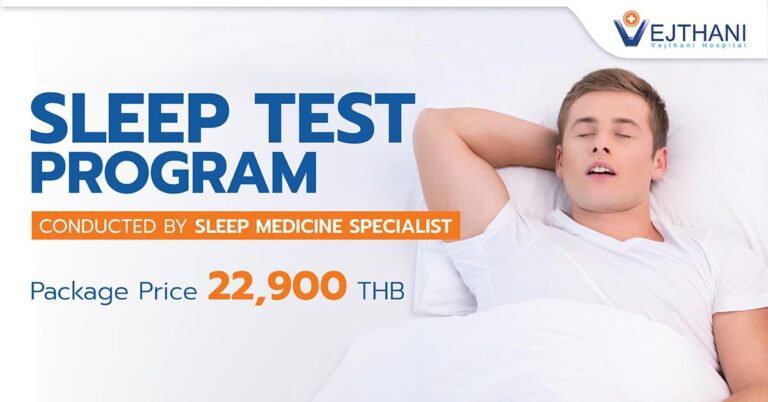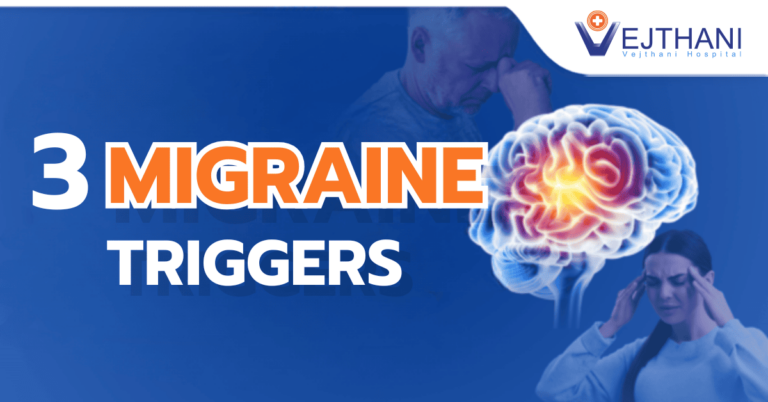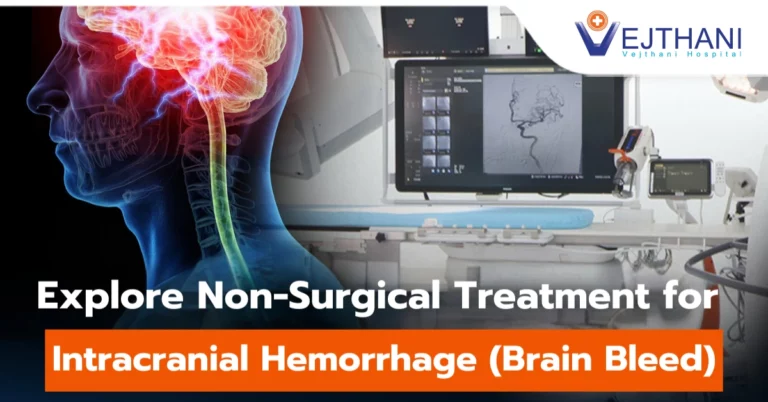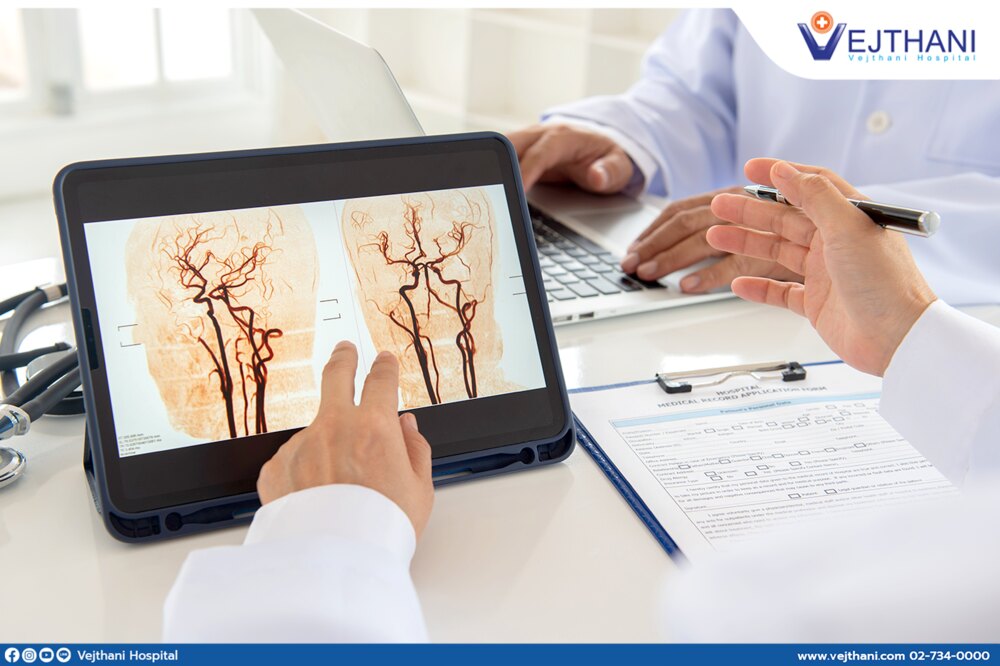

Stroke is the second leading cause of death around the world. It is expected to cause 9.7 million deaths a year by 2050. Ischemic stroke is the most common type, accounting for 85% of cases, while hemorrhagic stroke makes up 15%. Ischemic stroke occurs when there is an interruption of blood supply to the brain due to a blockage or narrowing of the artery. It is mostly caused by atherosclerosis or plaque builds up in the arteries.
The symptoms of ischemic stroke include numbness, weakness in the arms and legs, slurred speech, facial paresis, sense of imbalance, and visual disturbances.Smokers, people with sedentary lifestyles, a history of obesity, or people who consume an unhealthy diet are particularly susceptible to ischemic stroke. All these factors can lead to a narrowing of the arteries, a disruption of blood flow and a lack of oxygen to the brain[1] .
Stroke could be so severe that it causes death and disability. If loved ones have had acute stroke, they must receive timely treatment to increase their chance of being cured and returning to normal lives.
Symptoms of an Ischemic Stroke
Initial symptoms of ischemic stroke include numbness in the arms and legs, dizziness, loss of balance, trouble in walking, difficulty swallowing, facial weakness, difficulty speaking or an inability to understand information. It can also cause blurred or a loss of vision or double vision, and severe headache. Many of these symptoms can occur together or alone.
Getting medical attention is crucial for providing the best chance of a complete recovery and lessen the disability from ischemic stroke. Medication can be given through an IV to break up a blood clot. However, the medication must be administered promptly when symptoms first appear. If you or your loved one is experiencing any of the above symptoms, please seek medical attention immediately. [2]
Treatment of Ischemic Strokes
Nowadays, if the patient receives medical treatment within 4.5 hours or up to 9 hours, they can be administered a tissue plasminogen (tPA) which increases their chances of a full recovery and lessen the disability. Stroke symptoms can also be lessened by an endovascular technique known as a mechanical thrombectomy.
Stroke patients may also be treated with medications to reduce pressure and brain swelling that occurs after a stroke. Oxygen and IV nourishment are also used to treat stroke.
Immediate treatment can prevent life-threatening complications, reduce the chance of disabilities, and help the patient retain as much functionality as possible through rehabilitation.
Risk Factors of Ischemic Stroke
There are several risk factors for ischemic stroke that everyone should be aware of. The common risk factors are:
- Diabetes
- Hypertension (which can cause both ischemic stroke and hemorrhagic stroke), hyperlipidemia, atrial fibrillation (a type of cardiac arrhythmia)
- Lifestyles, lack of exercise, and smoking
Ischemic Stroke Prevention
The primary preventive measure is to adjust one’s lifestyle to lower the risk of ischemic stroke. This includes quitting smoking, keeping body weight to a normal level for one’s size, exercising regularly, controlling cholesterol levels, avoiding alcoholic beverages, and undergoing an annual health check-up.
For those concerned about the risk of having ischemic stroke, it’s crucial to undergo a health checkup every year. This can determine any risks of developing stroke and the diseases that can lead to stroke.
For more information, please contact
Neuroscience Center, Vejthani Hospital
Call: (+66)2-734-0000 Ext. 5400
English Hotline: (+66)85-223-8888
- Readers Rating
- Rated 5 stars
5 / 5 ( Reviewers) - Spectacular
- Your Rating
















